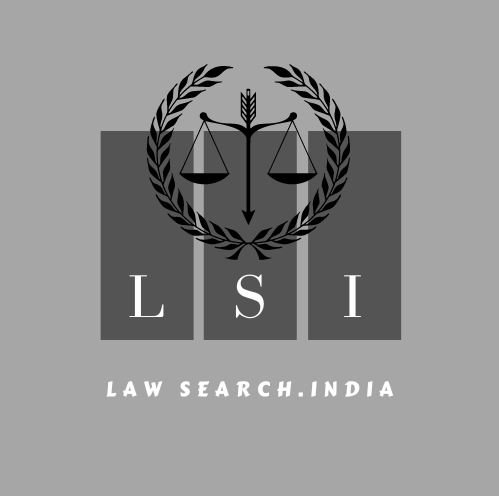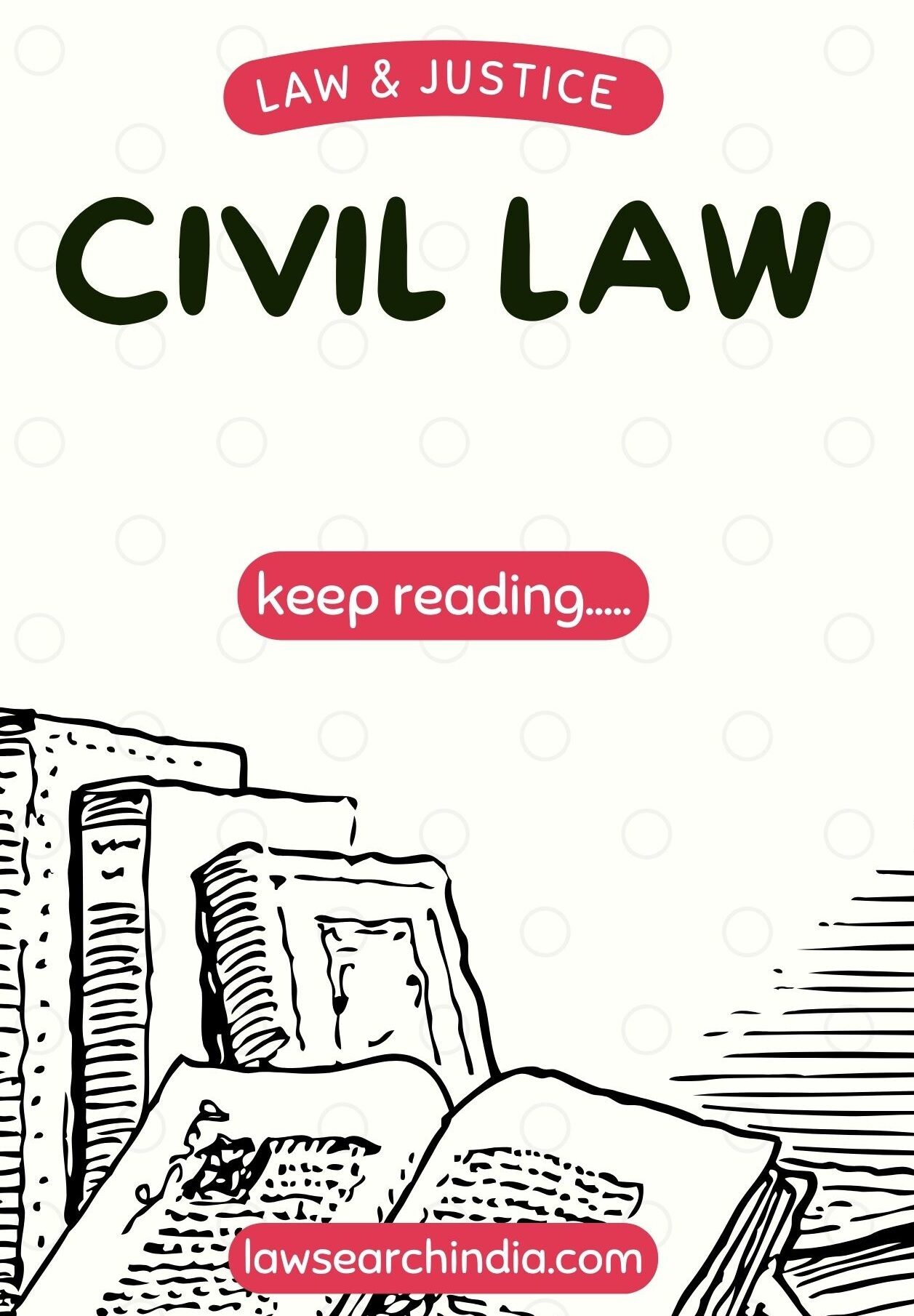
Introduction:
This blog will cover a very significant civil law issue: res judicata. This principle precludes the court from trying any suit in which the matter raised has already been decided by the competent court. This doctrine is to prevent abuse of the process of law so that no man will be vexed twice for the same offence. Without this principle, there will be endless frivolous litigation by filing repetitive suits on the same cause of action. The leading case on this doctrine is Duchess of Kingstone case.
Meaning:
Res judicata also known as the rule of conclusiveness of judgment means that once the case has been decided by any competent court it should not be reopened in any subsequent litigation. In other words court in which a subsequent suit has been initiated should not try such a suit where the former suit has been decided by the competent court. This doctrine is based on the need to give finality to judicial decisions. It is based on the principles of justice, equity and good conscience. In case any law devoid of such rule then there will be no end of litigation.
Law
Section 11 of CPC embodies the principle of res judicata which bars the court from trying any suit when the matter has been already decided in the former suit. [SECTION 11]
Objective of doctrine of res judicata:
The doctrine of res judicata is based on the principles of justice, equity and good conscience. There is a need to put an end to litigation, thus the objective of this doctrine is to prevent a multiplicity of proceedings concerning the same issue, in other words, it forbids litigation against any person on an issue which has already been settled by competent authority.
This principle is based on 3 maxims:
- Nemo debet bis vexari pro una et eadem causa– no man should be vexed twice for the same cause.
- Interest reipublicate ut sit finis litium: it is in the interest of the state that there should be an end to a litigation.
- Res judicata pro Veritate occipiture- a judicial decision must be accepted.
Res judicata is combined result of both public and private justice. Maxim (a) reflects private justice and maxim (b) & (c) reflects public justice. Without this principle there will be endless litigation therefore, this principle is pertinent to avoid vexatious litigation.
Applicability of doctrine of res judicata:
This doctrine applies to all civil suits, execution proceedings, arbitration proceedings, writ petitions, interim orders, criminal proceedings, etc. This principle is in larger public interest that every must come to an end.
Essentials of section 11:
- Issue: matter directly and substantially in subsequent suit or issue must be same matter which was directly and substantially in issue either actually or constructively in former suit;
- Parties: parties in the former suit or anyone claiming under them must be same in subsequent suit;
- Title: parties litigating under same title;
- Competent Court: matter is heard and finally decided by the competent court
Syed Mohd. Vs. Salie Labbai by LRs. V Mohd. Hanifa (1976) 4 SCC 780: Court held that following conditions must be fulfilled before the grant of plea of res judicata:
- that the litigating parties must be the same;
- that the subject-matter of the suit also must be identical;
- that the matter must be finally decided between the parties; and
- that the suit must be decided by a court of competent jurisdiction.
A. Matter in issue:
The matter in issue may be an issue of facts or an issue of law which means the facts on which the rights are claimed and the law applicable for the determination of those rights. A matter in issue may be an issue of facts, an issue of law, or an issue of mixed facts and law.
Types:
- Matter directly and substantially in issue
- Actually, in issue;
- Constructively in issue;
- Matter collaterally and incidentally in issue.
Directly and substantially in issue:
Directly means at once without intervention whereas substantially means materially, it is short of certainty but more than mere suspicion. A fact is directly in issue when there is a question whether a fact exists or not on the other hand a matter can be said to be substantially in issue when it is important for the decision of the case. There is not hard and fast rule to decide as to when a matter can be directly and substantially in issue.
Illustration: A sues B for the possession of property based on the sale deed. B assailed the sale deed as fictious. Suit was dismissed on the ground sale deed being fictious. A subsequent suit for some other property based on the same sale deed is barred by the law as the issue concerning the fictious nature of sale deed in the former suit is directly and substantially in issue.
Whether a matter is directly and substantially in issue should be decided based on the facts and circumstances of each case and it should be ascertained by relying on the plaint, written statement, issue framed and the judgment of the former suit.
A matter which is directly and substantially in issue could be either actually in issue or constructively in issue, as envisaged under explanations III and IV.
Explanation I
The term suit means a proceeding which commenced by the presentation of a plaint. Section 11 put a bar on the court to try any suit in which matter directly and substantially in issue is a matter which was directly and substantially in issue in the former suit. The term “Former Suit” means the suit which is decided prior, it is not the date on which the suit has been filed but the date when the suit has been decided.
Bar to try suit and issue:
Section 11 puts a bar on the court to try not only the suit as well as an issue. Issue is of three types issue of facts, issue of law, and mix issue of fact and law. There were conflicting observations concerning the operation of res judicata on the question of law.
Explanation III:
A matter is actually an issue when it is directly and substantially in issue and a competent court decides the same on merits. When a matter is alleged by one party and denied or admitted by another party, expressly or impliedly, such a matter is actually in issue.
Explanation IV:
A matter is said to be constructively in issue when it “might and ought” to have been taken as a ground for defence or attack in the former suit. However the said ground is not raised such matter will be deemed to have been a matter directly and substantially in issue.
Explanation emphasizes those matters which could be raised in one particular suit should have been part of the same suit nevertheless if the same was not taken, then the deeming provision will bar a subsequent suit under constructive res judicata.
Actual and constructive res judicata:
Explanation 3 is actual res judicata where the matter is alleged by one party and denied by the other party in the former suit, therefore matter directly and substantially in issue is a matter actually in issue in the former suit.
Explanation 4 is based on the constructive res judicata where matter might and ought to have been taken as a defense or attack. Party is bound to bring the whole case this is to prevent the multiplicity of proceedings and to put an end to judicial proceedings.
In Workmen vs. Board of Trustees, Cochin Port Trust (1978)3 SCC 119 Court observed that when matter which might and ought to have been made as a ground of defense or attack but not so taken than to avoid the multiplicity of the proceedings and to bring the finality it will be deemed that such matter has been constructively in issue and therefore taken as decided for the applicability of section of CPC.
Might and Ought:
It can be construed from explanation IV that bar of constructive res judicata is available only it is established that matter “might and ought to have been taken”. The word “might” mean that the party had the knowledge of the ground of attack or defense. The term ought to compel the party to raise the objection. The word and is used by the legislature not or between might and ought therefore must be read conjunctive not disjunctive.
Matter collaterally and incidentally in issue:
It is an issue in respect of which no relief has been claimed nonetheless it is made part of the case for the better adjudication of a matter which is directly and substantially in issue. The plea of res judicata is not granted when matter is collaterally and incidentally in issue for the purpose of deciding the matter which is directly and substantially in issue.
B. Parties to suit:
A party to the suit may be plaintiff or defendant or any intervener. For the plea of res judicata it is necessary that parties in the former suit were same or the parties under whom they or any of them claim. Res judicata operates even in case of co-plaintiffs and co-defendants. However same is not applicable in case of pro forma defendants as such defendant is made party to the case because his presence is necessary for better adjudication of rights of parties.
Explanation VI:
It also bars the subsequent suit and operate res judicata in a case where person is represented by the party to the former suit. The reason for the application of res judicata on representative suit which is filed as under order 1 rule 8 is that there is common claim of rights for them and others.
C. Same title:
Third condition for res judicata title of suit is same. Title means capacity or interest. Title has nothing to do with cause of action on which he sues or sued but it depends on capacity they sue or were sued.
D. Competent court:
Competence of court is fourth condition for operation of res judicata. Section 11 says court which has decided the former suit is also competent to try such subsequent suit then res judicata will be attracted in subsequent suit.
The reason behind such condition is that decision of court of limited jurisdiction is not applicable to the court of unlimited jurisdiction. Therefore, the former court must be competent to the try such subsequent suit.
Explanation VIII
This explanation emphasizes on the point of time for deciding the question of competence of court. Court may be competent to decide such former suit when the said suit was filed but may not be competent at the time of filing of subsequent suit. Therefore, the competence of court will be decided based on time when the former suit was brought and not when the subsequent suit was filed.
E. Heard and finally decided:
A matter is said to be heard and finally decided when suit has been decided on merits additionally any suit which is ex parte; order passed under order 17 rule 3 failure to produce evidence; decree on award etc. However, it will operate res judicata in a case where suit is dismissed on technical grounds for instance non-joinder of necessary parties.
Explanation V:
There may be certain situations where relief is claimed but not granted or court did not adjudicate the said issue there also res judicata is applicable but only in a case where such relief is substantial relief and court is bound to grant it.
Test of applicability of res judicate:
The following questions are to be answered for the operation of res judicata:
- Competence of court:
- parties and their representatives;
- matter in issue;
- matter which ought to have taken ground for attack or defense;
- heard and finally decided.
ALOS READ
